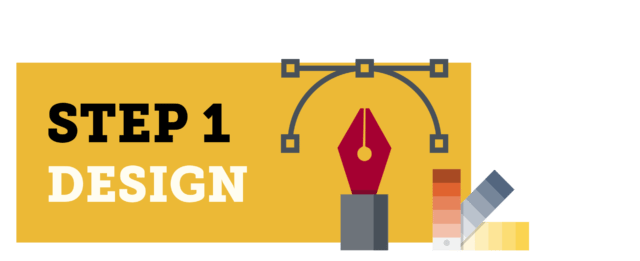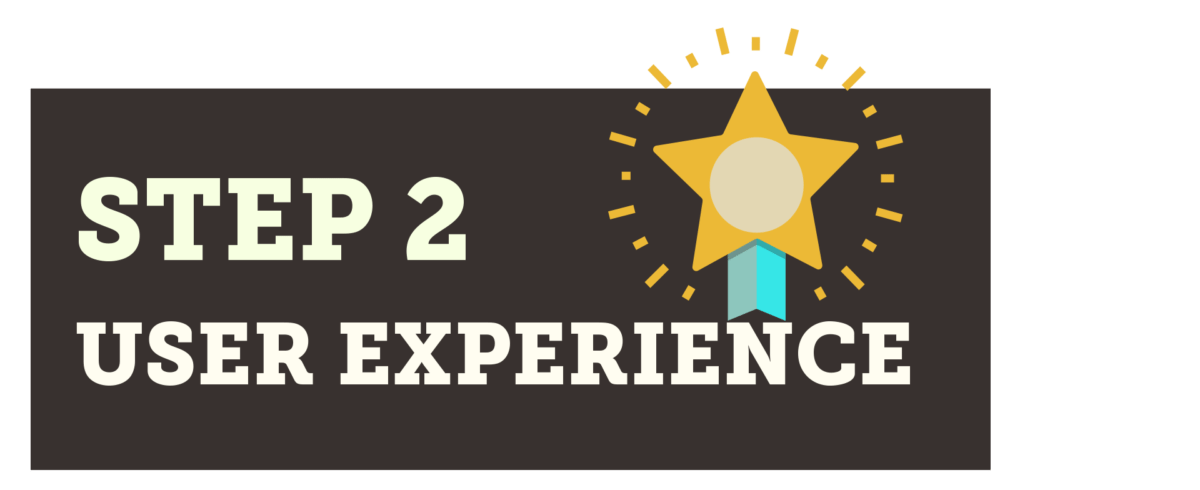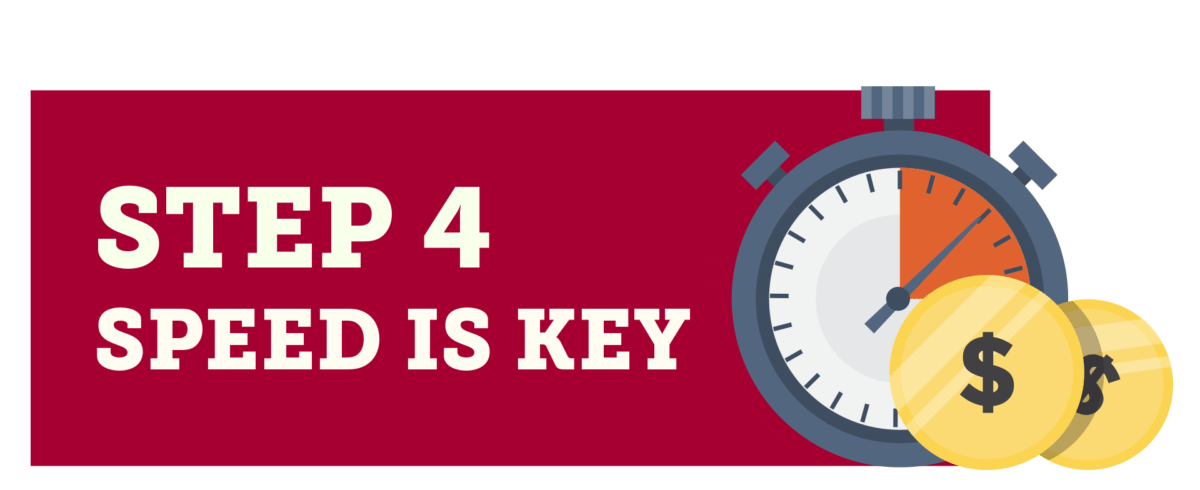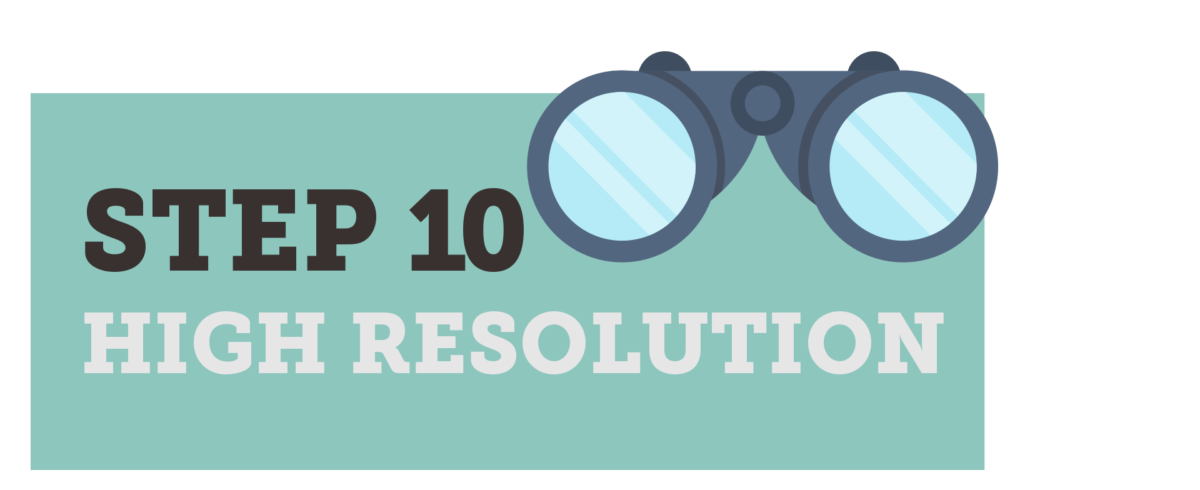
Websites need to be well-designed and fun to interact with.
Professional design will pay for itself by creating effective use of form and function. If you are doing it yourself, choose images and type that evoke emotion and reflect your organization’s brand and style.
White space is important. It gives the viewer direction and plenty of room to navigate between different elements on the page.

Your website needs to be easy to use.
Don’t make people have to search for things. Have your most important pages or topics top level navigation items easy to find and take action. Place a compelling call to action prominently on the page (donate now, contact us or give us some love as call-to-action prompts.) Display your contact information, social media links and contact us button in a prominent place (usually at the top right of your website).

Who, What, Why?
Remember that the people who come to your page may know nothing about you. You need to say who you are, what you do and why the viewer should care.
Make it easy to find out more about you and your team. Infuse your brand into the style of your site, the images and the words that you use.

Fast Loading Speed is Key for an Effective Website.
The average visitor to a website will wait up to 3 seconds for a page to load. Anything slower than that and they’ll likely move on.
Here are a few ways to make your website faster:
- Optimize images for viewing on the web using the save for web option in Photoshop
- Compress images further using free image optimizing applications such as ImageOptim and ImageAlpha for Mac users, and FileOptimizer for Windows users.
- Try to keep image sizes to no more than 300k for large images, and use large images sparingly.
- Use SVG file type for graphics and icons. SVG stands for ‘Scalable Vector Graphic’, which means icons and graphics in this format will display clear and crisp at all screen sizes ranging from a handheld mobile device to a movie theater sized screen and beyond, all while remaining super small in terms of file size.
- Compress your web pages using GZIP. Compressed pages save about 80% in file size, resulting in much faster page load speeds.
- Combine and minify JavaScript and CSS files. Minifying makes those files smaller and faster to download by the browser. Combining those files results in fewer HTTP requests, which means fewer assets to download from the server, resulting in faster page load speeds.

Content is King!
People are searching with phrases and questions, not keywords. Make your site searchable on Google, Yahoo, and Bing. Create robots.txt files to tell search engines which content to crawl and index and which content to leave alone, which helps to funnel your potential website visitors to your most important content.
More SEO tips:
Create a sitemap.xml file and submit the file to search engines. This helps the search engines to know the priority you’d like each page indexed and which pages are the most important.
- Write title tags and meta descriptions for each page. These should be unique, concise, and descriptive without sounding spammy or pandering.
- Meta description tags, while not important to search engine rankings, are extremely important in gaining user click-throughs from Search Engine Result Pages (SERPs). These short paragraphs are a webmaster’s opportunity to advertise content to searchers and to let them know exactly whether the given page contains the information they are looking for.
- The meta description should employ the keywords intelligently, but also create a compelling description that a searcher will want to click. Direct relevance to the page and uniqueness between each page’s meta description is key. The description should optimally be between 150-160 characters

Share Focused, Fresh, Informative and Relevant Information.
Blogging is the best way to keep your content fresh and increase your web presence. Search engines are looking for active websites on a particular topic.
Write focused, informative, and relevant content on your particular topic and watch your site rise in the rankings. And write often! If your website appears stagnant then search engines will rank you lower in the SERPs. If your website does not appear on page one of a Google or Bing search then your website may never be found.

Track Your Data and improve performance.
Use Google Analytics to track visitors to your site. How they found your site, how long they stayed and what pages they visited. Find out how certain pages are performing and make changes to make them more effective.
Google has some tools that are a must for small business, nonprofits or anyone who needs to communicate in today’s world. We are a Google Certified Partner and proud of it. Let us know if we can help your team.

Engage, be social and have some fun!
Feature your social media channels and watch visitors become friends.
Always include links to your social media pages prominently at the top of your website. Also include social sharing links on your blog posts and pages. Reach out and engage – be social and have some fun.

Today, you must be mobile friendly if you want to be seen
Nearly 70% of all website visitors are using a mobile device. Responsive Web Design is the approach where design and development should respond to the user’s behavior and environment based on screen size, screen orientation, and platform.
Content reflows for optimal mobile viewing without having to pan or zoom in on the screen. Sites not optimized for mobile viewing are quickly becoming the minority and are suffering in SERPs.

Most Mobile devices now have 2x or even 4x pixel density displays.
This means that images and graphics that look crisp and clean on a single pixel density display (i.e. most desktops and laptops) will look half as good on a 2x pixel density display device (i.e. iPhone or Pixel 2).
To ensure that your images, graphics and icons look full resolution on 2x pixel density displays they will need to be sized at 2 times their intended viewing size and then displayed at half their actual size on a website. Websites that do not have high resolution images, graphics and icons for 2x pixel density displays look outdated.
Use SVG file types wherever possible. SVGs (when created properly) scale indefinitely and will always look clean and crisp at all screen sizes. SVGs are also usually very small in terms of file size. Try using SVGs for your logo, social media icons, and other graphics throughout your site to shave off a few megabytes from your overall page weight.
Let us know if we can help you with your website.
Uptown Studios has been a creative source since 1992. We are a Sacramento-based visual communications firm specializing in website design, graphic design, video production and social media management and training. We do not outsource our work – it is done by our team in Sacramento, California.
Blog


